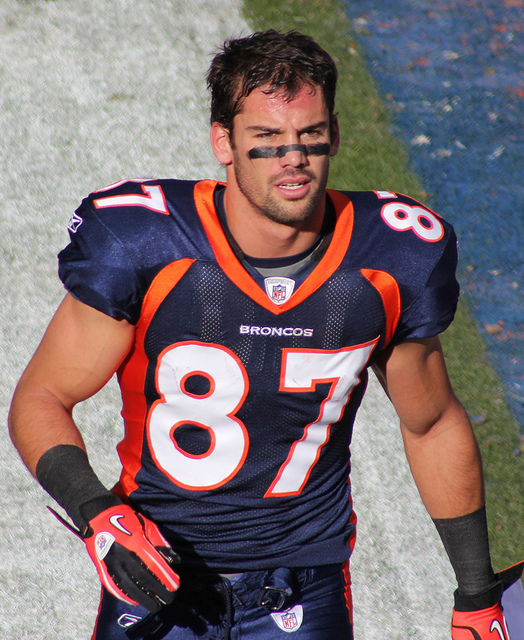
Due to the lockout, 2011 could be more difficult than usual for undrafted free agents trying to make it in the NFL. Yet, there will be players with the talent, the skill, and the work ethic to enter a camp and make the most of their limited opportunities. This week, I’m profiling offensive skill players who I believe have the ability to develop into quality professionals if they have been training hard enough in this crazy offseason to hit the ground running. Profiles of these players are excerpts from my publication, the 2011 Rookie Scouting Portfolio, available at Footballguys.com
Dane Sanzenbacher (5-11, 180): The two words that best encapsulate Sanzenbacher as a football player are “smart” and tough.” I saw the smarts up close at the Senior Bowl when Sanzenbacher was brought to Mobile as an injury replacement on day two of practice. He walked onto the field and received a crash course on the routes and the passing system that the Bengals used while he was still getting equipment. Fifteen minutes later, Sanzenbacher was consistently the best route runner on the field. He was also one
of the more adept receivers at gaining a release against press coverage in drills. The Bengals coach was effusive with praise with every rep because of Sanzenbacher’s precision and speed.
This skill with routes is nothing new to anyone who watched him at Ohio State. He understands zones and he knows how to fluidly run a route to set up the defense. Sanzenbacher also executes breaks with strong footwork and hip movement. He knows how to avoid jams at the line of scrimmage and his angles on breaks are consistently strong enough for him to get good depth and help his QB make an optimal throw.
Sanzenbacher’s pass catching is just as strong. Continue reading







